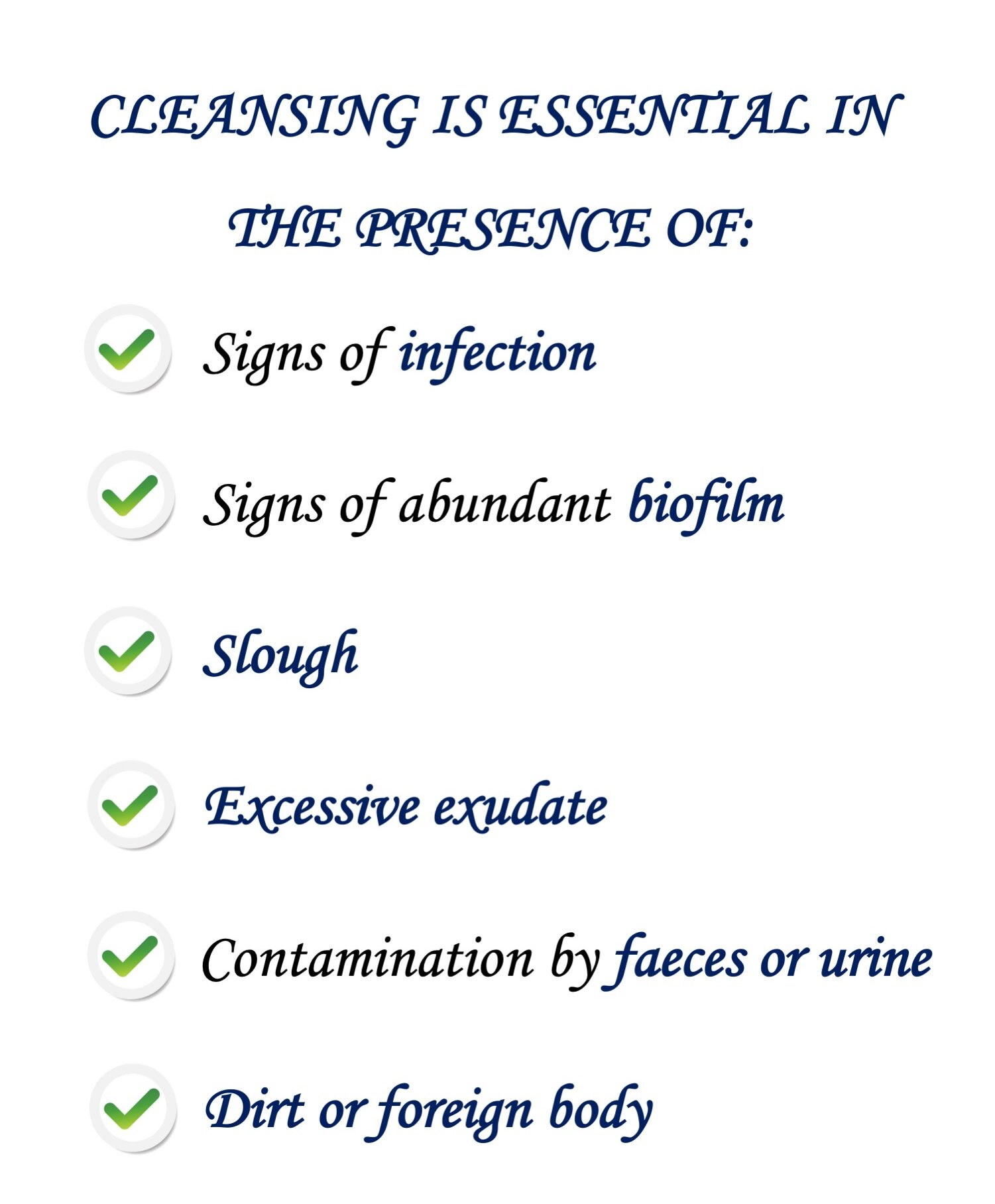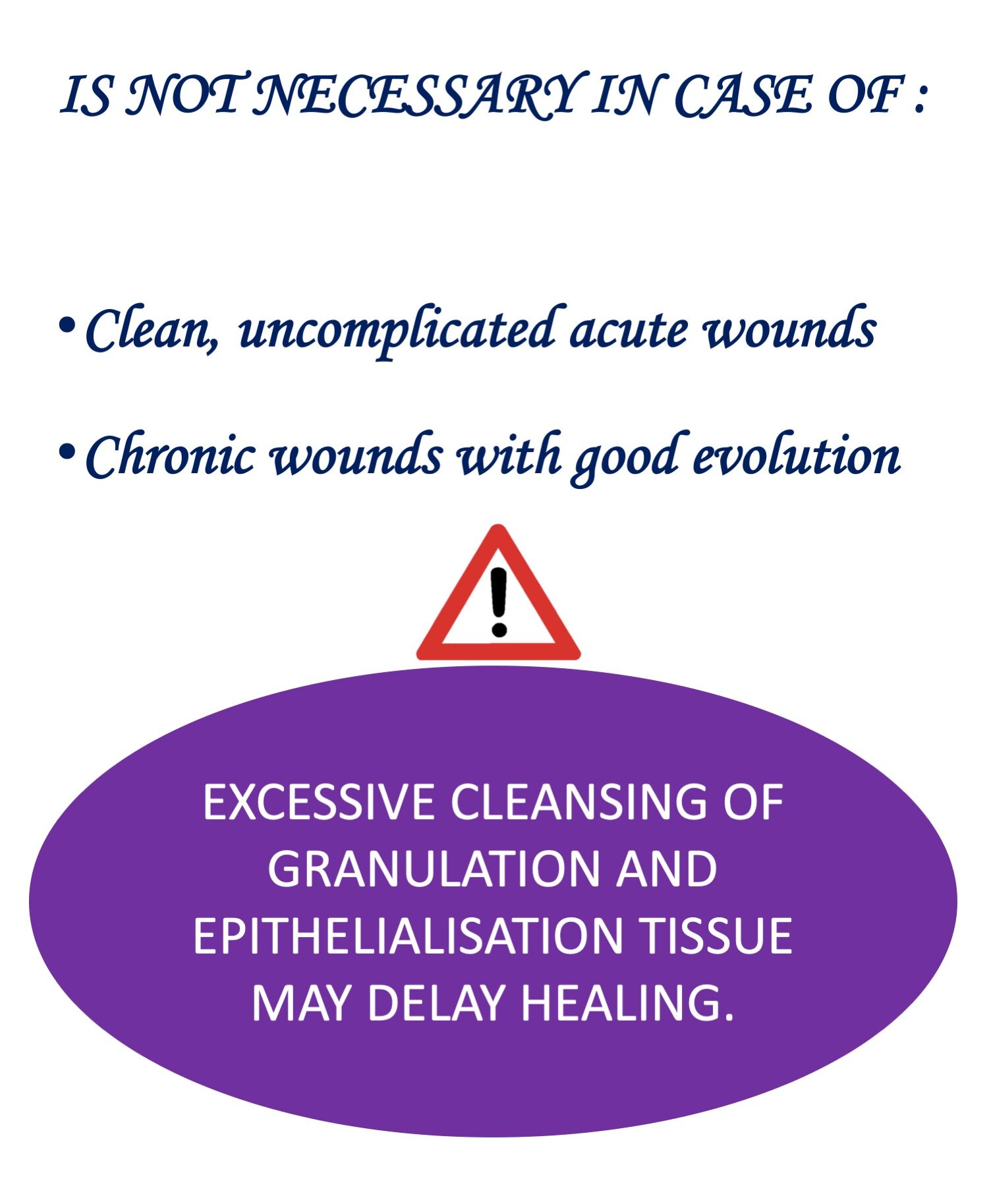The answer is NO. As many of you will have been surprised by this answer, I think this topic deserves a post:)
You have probably already read phrases like this in some of the posts dedicated to punch grafting: “it is better to space dressing changes as much as possible and, at each dressing change, cleanse and touch as little as possible”. We even reposition the grafts that have remained in the dressing… (See post: “Repositioning and not removing the scabs: two unwritten rules of punch grafting”).
Let’s understand the reason for this recommendation.
Each dressing change is an opportunity to promote, with cleansing and debridement, the removal of what is hindering healing (excess exudate with proinflammatory cytokines, non-viable tissue, bacterial load). However, any manipulation of the wound bed will also have an impact on the cells and growth factors that are promoting wound closure.
Wound exudate, especially in acute wounds and those that are doing well, is a source of cells and growth factors that promote healing. Therefore, in these cases, frequent and/or aggressive washing with friction should be avoided, as we can interrupt the formation of new tissue. Along the same lines, it is recommended not to remove non-fluctuant scabs that do not show signs of infection, if the wound has a favorable evolution.
In the most recent review articles on the subject of wound cleansing1 they repeat, quite rightly, the following concept: “In the absence of denatured tissue or signs of infection in the wound bed, the practice of routinely cleansing a wound during dressing changes is nothing more than a ritual and may actually delay healing”. But it should not be forgotten that hygiene of the perilesional skin and the affected limb (e.g., leg and foot of persons with venous ulcers) is always important to avoid complications.2


Therefore, before washing a wound, ask yourself what you are going to do it for?

And if you decide that it would be indicated to wash it, keep in mind these two key points (See post: “The art of wound cleansing”):
- For wound cleansing, drinking tap water seems to be as effective and more efficient than saline serum.
- We will use products with antiseptic properties essentially in case of infected ulcers or with resistant biofilm.
References:
Also available in: Español (Spanish)






